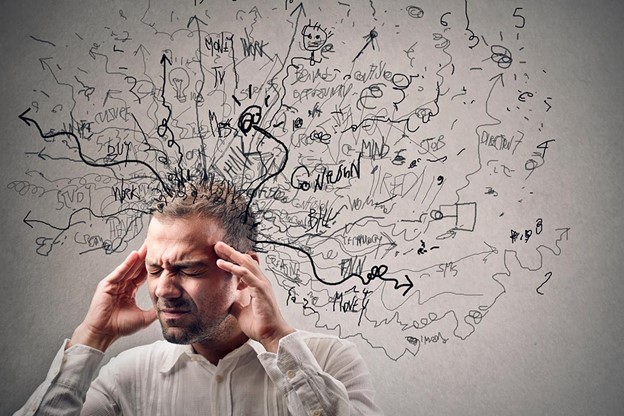Visual imagery is an innate characteristic of many internal events and plays a vital role in supporting core cognitive processes. Some individuals lack this ability to voluntarily generate visual imagery altogether, which is a condition termed “aphantasia”. To state briefly, aphantasia is defined as a condition caused by the absence of visual imagery but not a lack of metacognitive awareness of internal visual pictures. Visual imagery, or observing with the mind’s eye, contributes to essential cognitive processes such as episodic memory, visual working memory, future event prospection, and dreaming. It allows us to re-live the past and enhance hypothetical futures; visual imagery enables interpretation of the events flexibly and adaptively. The imagination also plays an important precursor in our ability to plan effectively and engage in guiding decision-making. For most people, visual imagery is a conspicuous character of the everyday event that plays a distinctive role in memory, creativity, and daydreaming.
Aphantasia is a rare disorder, and it is found that only about 1-3 percent of people suffer from Aphantasia; however, neurologists believe that approximately 1 in 50 people or 2-5% of the population are non-visual imagers. The people affected with aphantasia are incapable of visualizing mental images, i.e., they are not being able to picturize something in their minds. People with aphantasia are sometimes unable to recall smells, sounds, or sensations of touch. There are some people who are unable to bring images to mind, even of familiar places or family members. Interestingly, aphantasia does not seem to impair creativity. Research reveals many aphantasics being successful in creative professions and have ways to compensate for their lack of a mind’s eye.
Aphantasia as a Disability
Aphantasia becomes the blind mind, i.e., no sensory visual imagery. Researchers found that Aphantasia is a real thing, at a sensory level, and not due to misreporting or poor metacognition. Since very little is known about aphantasia, it cannot be recognized with other learning disabilities. People those who suffer from aphantasia have other ways of learning and coping without mental images. The most critical situation happens to them those who have acquired aphantasia since they are unable to understand what they are missing.
Researchers have revealed distinct differences between people who can create visual images in their minds and those people who cannot produce any images. They found that ‘mind-blindness’ is a legitimate condition. People with this condition experience difficulty picturing scenes or objects in their minds, a phenomenon known as mind-blindness. Though aphantasia is uncommon, scientists have identified two types of the disorder, including i) acquired Aphantasia – occurs after a brain injury or occasionally after periods of depression or psychosis, and ii) congenital Aphantasia – which is present from birth.
The Impact of Aphantasia
It is obvious that people without having visual imagery experience a host of challenges. Listing few, the ability to recall familiar faces or places can lead to frustration and social difficulties. People with this condition experience virtual images while dreaming, though they are not as frequent or vivid. This observation suggests that while unintentional visual imaging may remain mostly intact, an intentional recalling of the virtual images becomes more challenging.
The Control of the Strength of Mental Imagery
Mental imagery is an essential simulation tool for remembering the past and planning for the future because it strengthens mental health and cognition. Research suggests that neural activity spanning prefrontal, temporal, parietal, and visual areas support the generation of mental images. In brain imaging and transcranial magnetic phosphene data, lower resting activity, and excitability levels in the early visual cortex (V1-V3) predict stronger sensory imagery. Electrically decreasing visual cortex excitability using tDCS increases the imagery strength, demonstrating a causative role of visual cortex excitability in controlling visual imagery. Studies have found that an extensive network of occipital, frontal, and parietal areas are involved when imagining. It results from the studies that visual imagery content is tied to the early visual cortex, indicating that imagery-related processing overlaps with perception.
Cure for Aphantasia
Little is known about aphantasia in literature, till date, no cure has been discovered. However, few studies have been published over the last decade, so researchers may know more in the near future. Whether aphantasia can improve the ability to make voluntary mental pictures is still unclear. The best treatment options have also not been established yet. Some of the techniques used in some treatment applied to make the brain functional include: Pattern block memory activities; The card game “memory”; tasks requiring the description of objects and outdoor scenes; Afterimage techniques; picture recognition.

